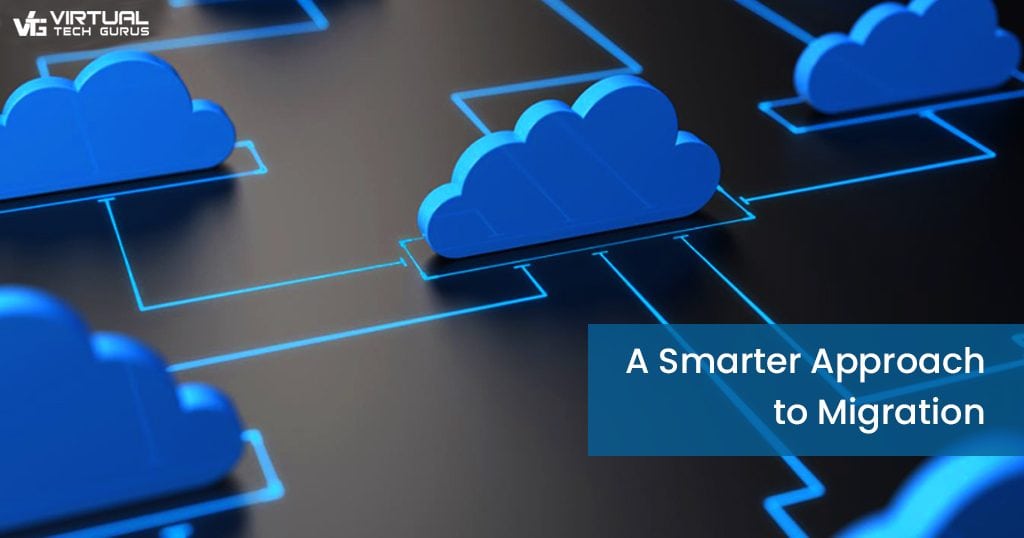
A Smarter Approach to Migration
A recent study by the consultancy McKinsey and Company found that, while companies recognized the benefits of cloud migration, 60 percent of respondents had migrated less than 10 percent of their workloads to the public cloud.
Respondents cited technology, security, operational and financial challenges as barriers to wider cloud adoption. However, by taking a progressive, phased approach to migration and creating a hybrid environment that incorporates private and public clouds, companies can accelerate the benefits from cloud without major disruption or risk.
For example, they can retain mission-critical applications and services, or data that is subject to regulatory compliance in private clouds, while using public clouds for line of business applications and data. At a later stage, they can move sensitive workloads to the cloud by utilizing third-party security providers.
A Phased Approach
To take the progressive approach, it’s essential to put together a roadmap that identifies workloads and data that can move to the cloud during different phases. The roadmap should take account of factors such as application dependencies, data storage and access, security levels, network and bandwidth requirements, and data and services required by applications. McKinsey also recommends an assessment of the business risks of migrating different applications or services.
The consultancy found that companies that set up dedicated cloud teams were able to migrate workloads at a faster rate than those depending on IT teams with traditional operational skills. Dedicated teams migrated an average of 52 percent of applications, compared to an average of 29 percent for teams with no dedicated specialists.
Automation Accelerates Migration
High levels of automation are essential for a fast, smooth migration. According to McKinsey’s study, migration teams using automated processes and DevOps techniques supported almost 5 times as many images as operations teams using manual processes and traditional project management techniques.
VTG has also found that automation makes a major contribution to reducing the time and cost of migration. Using our patented automation tool ZENfra, for example, cuts costs by up to 25 percent and reduces migration times by 30 to 40 percent, compared to traditional in-house manual methods.
Automation tools can be used at each stage of the migration process to ensure a successful end-to-end transition. At the planning stage, automation tools identify the scope of the project and validate migration process flow. They speed up inventory discovery and help teams develop a realistic achievable migration schedule.
As part of the change management and pre-migration process, these tools simplify the process of right sizing servers and validating workloads and virtual infrastructure. They speed project completion by automating migration execution and verifying that all required services are running post-migration.
Smoother Migration
By adopting a progressive phased approach to migration and using automation tools can achieve a faster, smoother transition and enjoy the financial, technical and operational benefits of the cloud.
Find Out More
If you would like to know more about ZENfra or our migration services, please check out the articles and infographics on our website.
